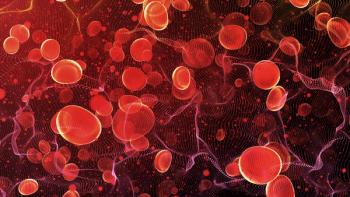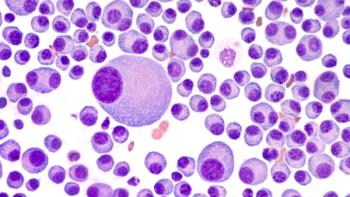
Antiretroviral Therapy Adherence Suboptimal, But Not in Patients on Single-Tablet Therapies
Most patients receiving antiretroviral therapy do not meet the minimum threshold for medication adherence, but patients on single-tablet medication regimens tended to meet that threshold.
Most patients receiving antiretroviral therapy do not meet the minimum threshold for medication adherence, but patients on single-tablet medication regimens tended to meet that threshold.
An analysis of medication possession ratios suggests that only 73.1% of participants receiving antiretroviral therapy (ART) meet the minimum adherence threshold needed to prevent drug resistance, virologic failure, or other adverse outcomes.
The analysis, published in the January 2014 edition of Journal of Managed Care Pharmacy, also found significantly better adherence to single-tablet regimens (STRs) , allowing participants on those regimens to reach the 90% minimum adherence threshold.
“Decreasing pill burden by simplifying the ART regimen is one method used to promote ART adherence,” the authors wrote. “STRs that reduce pill burden to as little as 1 pill taken once daily have been associated with improved adherence, reduced hospitalizations, and improved viral suppression. In our study, patients who received STRs were about 1.3 times more likely to be adherent than patients receiving more than 1 antiretroviral product.”
Demographic factors, such as age, type of health plan, and number of hospitalizations, did not correlate to medication adherence, although male gender tended to correlate to better adherence, the authors noted.
The retrospective claims analysis used medical and pharmacy claims from a Mid-Atlantic managed care organization with more than 1.2 million commercially insured members to find 3528 members receiving ART who had corresponding pharmacy claims. Researchers used an assigned last office visit date from January 1, 2010, through August 31, 2010, plus 120 days to define participants’ antiretroviral regimens, and evaluated adherence from October 19, 2010, to October 18, 2011, using the pharmacy claims data.
Researchers aimed to evaluate medication adherence in the US Department of Health and Human Services 2011 Antiretroviral Guidelines, so medication possession ratio was not evaluated in patients on ART that was not indicated as a first-line therapy in treatment-naïve patients or in those receiving therapies classified as “other.”
Most of the patients used combination ART products, with 67.4% of participants receiving US Department of Health and Human Services “recommended” ART regimens. Approximately 31.4% of participants received treatment regimens classified as “other,” and 1.2% of participants received ARTs that were not recommended as a first-line therapy in treatment-naïve patients.
Among the participants receiving “recommended” ART regimens, 47.8% received STR ART.
The authors noted that therapy regimens that were classified as Health and Human Services—recommended, not recommended, or other influenced both the use of combination ART and the average number of unique ART products used.
In addition to measuring medication adherence, researchers calculated the average total health care costs for participants receiving “recommended” therapies by combining inpatient, outpatient, and pharmacy costs, and noted that 86% of the $18,382 average per person per year cost was in pharmacy expenses. The average pharmacy costs included $13,906 per person per year in ART prescription costs and $1950 per person per year in non-ART prescriptions, for a combined pharmacy cost of $15,856 per person per year. The cost analysis did not differentiate between single-tablet or multiple-tablet therapies.
Newsletter
Stay informed on drug updates, treatment guidelines, and pharmacy practice trends—subscribe to Pharmacy Times for weekly clinical insights.




















































































































































































































